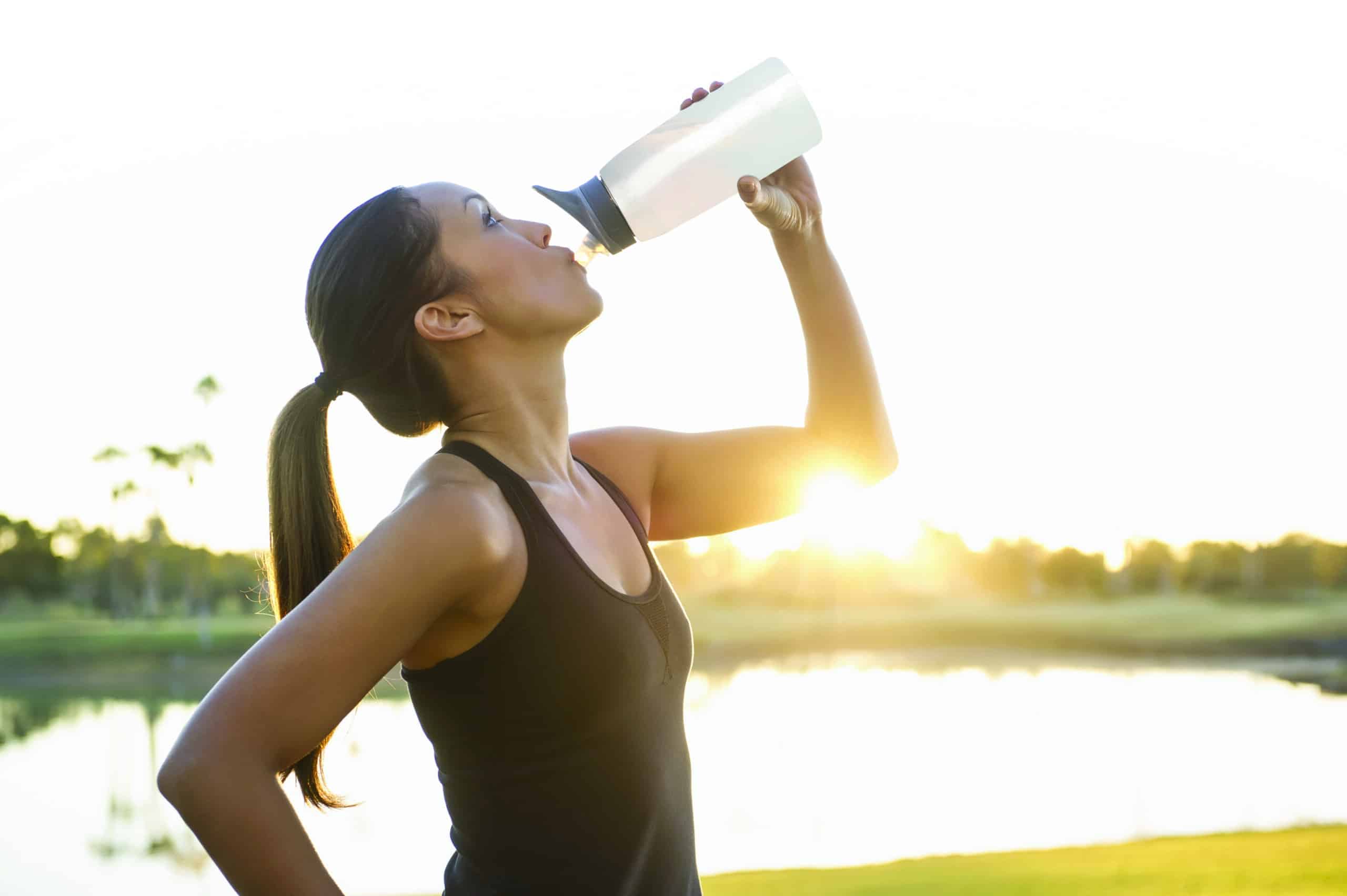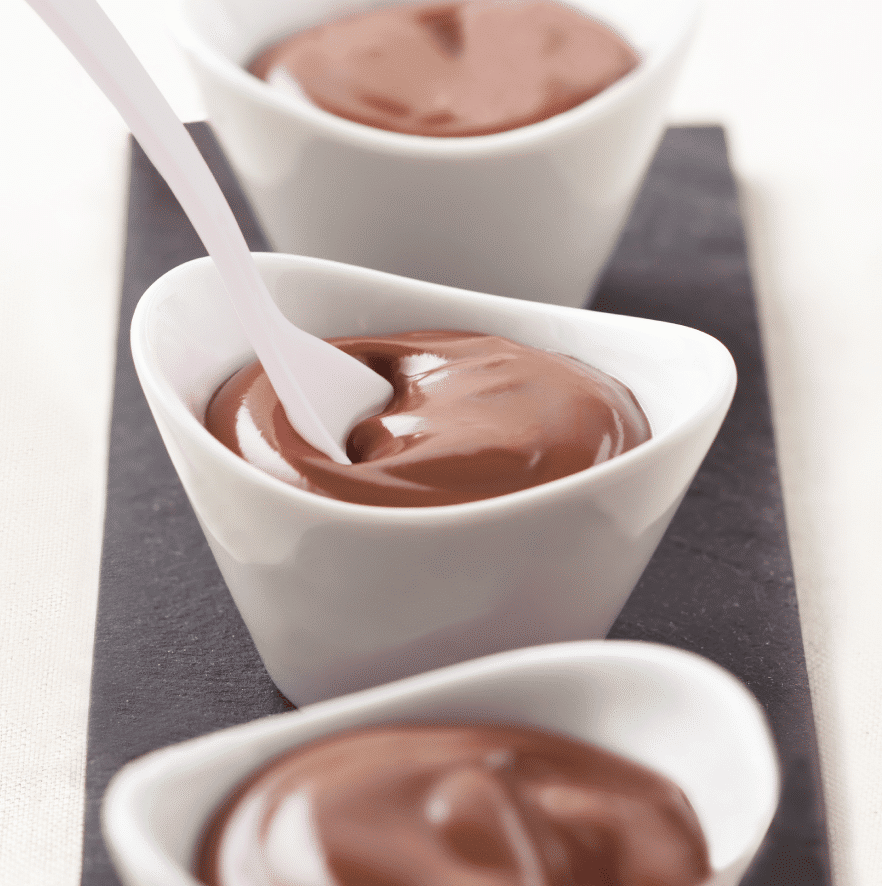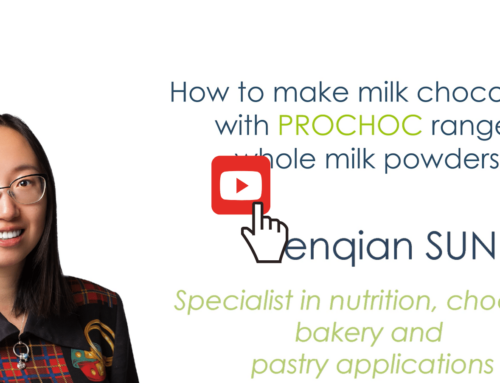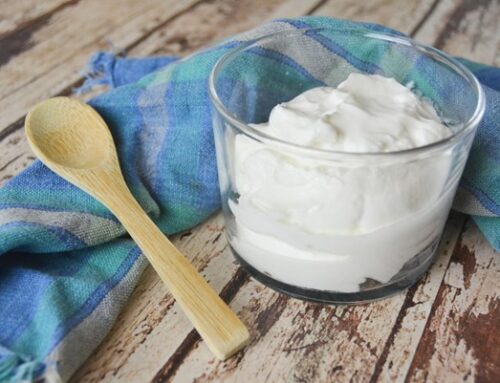High-protein products are aimed at a vast market of sports, dietetic and clinical nutrition, and food in general. These products certainly have the wind in their sails, fitting in well with consumers’ current active and sporty lifestyles. What do consumers want? Performance in terms of protein. Taste and texture. And also, more and more, they want natural and transparent ingredients, which support their eco-friendly values! How to make high-protein products that meet all of these criteria?

What are our protein needs?
Proteins are made up of amino acids. Most of these amino acids are produced directly by the human body, but nine of them must be obtained thru diet. According to Anses, most people have a protein requirement of about 0.8 g per kg per day. This intake is sufficient for standard sedentary activity. It is easily found in the average diet: meat, fish, eggs, milk, yogurt and cheese, legumes and cereals.
However, there are special cases in which:
- either the daily intake is insufficient;
- or the protein requirements are higher.
In these cases, it is useful to use protein-enriched products. Who are these products specifically intended for?
Who are high-protein products intended for?
There are three main profiles of those with higher-than-average protein needs:
- men and women who practice intense physical activity;
- the elderly;
- people who are ill, especially those who are hospitalised and suffering from a protein deficit.
Seniors, often age 55 and older, have an increased need for protein due to a loss in the body’s efficiency in transforming nutrients. Seniors also need more protein to maintain muscle and bone mass.
People who suffer from chronic disease, severe weight loss or malnutrition experience the same issues.
Athletes’ needs are tied to the intensity and type of sport they practice. Endurance sports enthusiasts (jogging, swimming, cycling, etc.) and especially strength sports enthusiasts (athletics, weight training, weightlifting) are the most affected.
Consider also that some sports (gymnastics, boxing, etc.) impose dietary restrictions that disrupt metabolism. This sometimes requires a diet with increased protein content.
Launching high-protein products allows manufacturers to position themselves well on the sports, dietetic and clinical nutrition markets.
Are high-protein products part of a health trend?
Yes, despite the fact that for some time, high-protein foods catered to a niche sector (bodybuilding in particular), this market has expanded and joined a more global trend of well-being.
This trend suits a new consumer profile. Often urbanites, millennials who are on-the-go and connected, desire products of high nutritional quality, that are healthy, and that can be brought along to workouts.
These consumers also at times tend to choose a vegetarian diet, without meat or fish, which is part of a healthy and/or eco-friendly approach. High-protein products provide these consumers with a quality equivalent, easily integrated into a balanced diet and active lifestyle.
Which high-protein products do consumers prefer?
Among all of these products, let us focus on sports drinks. Rich in water, minerals, carbohydrates and proteins, they offer athletes many benefits. They hydrate and provide energy before, during and after exercise. Their high protein content helps to stabilise metabolism.
Creamy desserts, yoghurt drinks, etc. are also ideal for quick consumption post-exercise.
Let’s also consider high-protein products for hospitals and EHPAD. They are ideal for combatting night-time fasting. Easy to consume, they provide the nutrients needed to aid aging and sick bodies.

What do consumers expect from high-protein products?
Say goodbye to the protein-enriched yet tasteless drinks, desserts and other products of the past… Today, consumers desire products that are as good from a nutritional point of view as they are from a taste point of view. Taste is therefore ultimate quality to be featured by the finished product!
However, this is far from being enough. The product must also be:
- Convenient. Easy to bring along and to consume, high-protein products must now be portable and be kept at room temperature, allowing consumers to take them everywhere!
- Healthy. Athletes no longer need to compromise between performance and health. These high-protein products must be composed of natural active ingredients, with no chemical additives.
- Sustainable and ethical. Transparency regarding the ingredients, but also the origin of the products and the remuneration of the producers: these criteria are now important for the consumer. They actively compare options by checking labels before making their selection.
- Be well-informed! This naturally suits consumers’ demand for practicality, health and sustainability. If the product label is not both clear and comprehensive, it leaves room for doubt with the consumer. Doubtfulness means… a loss of a significant volume of potential customers at the time of product selection.
Why make high-protein products with milk proteins?
The functionalities and advantages of milk proteins are numerous:
- They are efficient in terms of protein intake. Animal proteins from milk are essential for the body. They are easily digested, allowing the human body to assimilate them easily. A true asset for any metabolism!
- They meet consumers’ expectations. The texture is creamy in desserts and fluid in drinks. The protein boasts the delicious taste of the milk it comes from: the finished product has an authentic flavour (milk, fruit, chocolate…). Ingredia also offers a protein that is stable at room temperature, ideal for on-the-go products (Prodiet® Fluid).
- They are also easily implemented into your processes!
Ingredia offers different solutions and a variety of proteins for manufacturing high-protein products:
- Prodiet® Fluid, for drinks ;
- Prodiet® Advance, for creamy desserts,
- Prodiet® Bar, for bars
Today, high-protein products don’t just target sports performance. They are nutritional products aimed at varying consumer profiles. Moreover, protein-enriched drinks and creams must adapt to a healthy and eco-friendly trend that favors 100% natural products. Milk proteins, thanks to their versatile functionalities, are the ideal alternative: they combine nutritional performance, high-quality texture, good taste, and naturalness.


